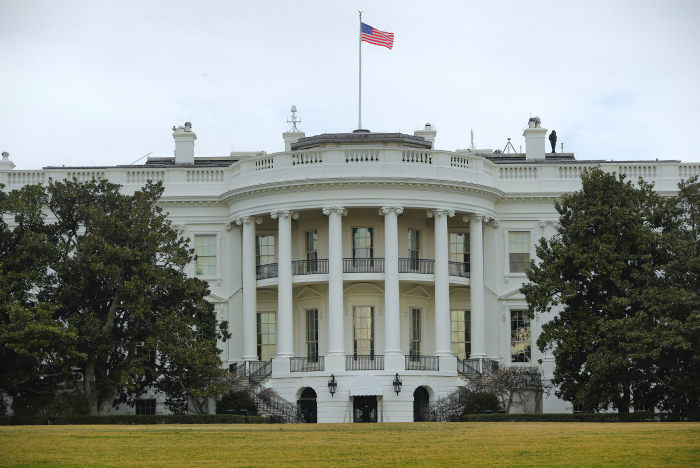Kerby Anderson
For the last approximately 100 years, Americans knew what type of person they wanted in the Oval Office. It was someone with executive experience. Most of the time it was a former governor, but sometimes they would settle for a general or even a business executive.
The list is rather obvious. You had Governor Franklin D. Roosevelt, Governor Jimmy Carter, Governor Ronald Reagan, Governor Bill Clinton, and Governor George W. Bush. Add to that General Dwight Eisenhower, along with business executives like Hebert Hoover and Donald Trump. You could also add Richard Nixon and George H.W. Bush as men who served in the executive office of Vice President before becoming president.
Of course, there were exceptions. Senator John F. Kennedy and Senator Barack Obama became president without serving in any executive position. But they were the exceptions.
Consider that four years ago, you had governors like Scott Walker, Rick Perry, Mike Huckabee, and Chris Christie running. This time, you didn’t have the same kind of field of governors or executives in the Democratic primaries. The closest might be former mayor Michael Bloomberg, who governed a city with more population than what you find in more than three dozen states.
It is easier to evaluate a governor because they run a government with lots of employees, make cabinet appointments, and appoint judges. They have to make tough decisions about budgets. By contrast, it is difficult to evaluate how a US senator will do in the Oval Office, especially if their political party is in the minority.
Next time we have a presidential election, I hope we have qualified governors and other executive types running. There are lots of qualifications for a president, but one of the more important ones is executive experience.
 Listen Online
Listen Online Watch Online
Watch Online Find a Station in Your Area
Find a Station in Your Area











 Listen Now
Listen Now Watch Online
Watch Online
